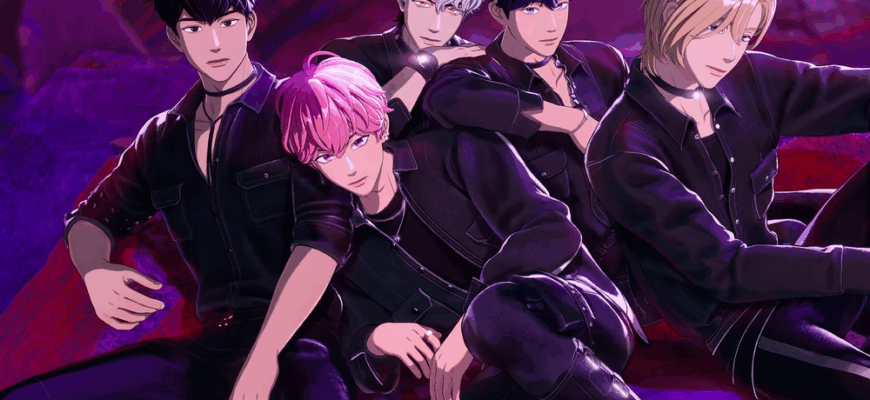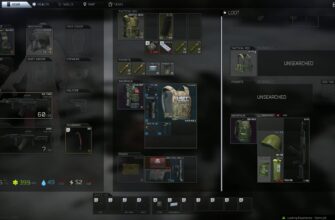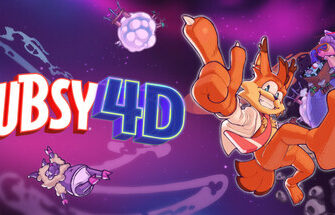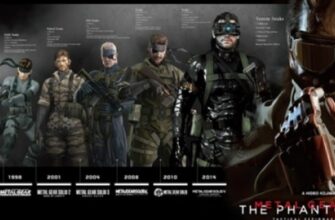In an age where reality often feels stranger than fiction, a new breed of pop star is not just entering the stage but owning it – a stage built of pixels, code, and boundless imagination. We`re talking about virtual K-pop idols, digital divas, and synthesized sensations that are not only topping global music charts but also proving that star power isn`t solely reserved for flesh-and-blood performers. The phenomenon, spearheaded by pioneers like Riot Games` K/DA and recently amplified by Netflix`s KPop Demon Hunters, is a fascinating blend of gaming, music, and cutting-edge digital artistry.
From Game Lore to Global Roar: The K/DA Revolution
Before the likes of Huntrix and Saja Boys were captivating audiences with their demon-slaying anthems, there was K/DA. Born from the expansive universe of Riot Games` League of Legends, K/DA wasn`t just a band; it was an audacious experiment. Launched in 2018, this quartet of reimagined League champions – Ahri, Akali, Evelynn, and Kai`sa – transcended their digital battlegrounds to perform on the world`s biggest stages. And by “perform,” we mean an augmented-reality spectacle at the League of Legends World Championship that left millions spellbound.
The premise was brilliantly simple: take beloved game characters, infuse them with real-world pop star personas, assign them professional vocalists (including Madison Beer, Jaira Burns, and members of (G)I-dle Miyeon and Soyeon), and craft music so undeniably catchy it could stand toe-to-toe with any mainstream hit. Their debut single, “Pop/Stars,” wasn`t just a novelty; it was a juggernaut. It rocketed to number one on K-pop charts, clinched a spot in the top five on Apple Music`s US pop charts, and famously became the first virtual K-pop girl group single to be certified platinum. The accompanying music video? A viral sensation, racking up over 100 million views in its first month.
Initially conceived as a “singular moment” to promote new in-game cosmetics (or, as some might wryly observe, “shiny popstar outfits as skins”), K/DA`s unprecedented success compelled Riot Games to rethink. Who knew that a promotional gimmick could evolve into a platinum-selling musical act? This commitment to the “fantasy of the champs being in the real world,” as creative leads described it, was the secret sauce. K/DA wasn`t just a cartoon; they were presented as legitimate artists, complete with music videos, social media presence, and interactive fan engagement.
The Next Generation: KPop Demon Hunters Steps into the Spotlight
Fast forward to today, and the blueprint laid by K/DA has found a new, equally dazzling application. Netflix`s animated film KPop Demon Hunters introduced the world to Huntrix and Saja Boys, two fictional groups whose chart dominance is anything but imaginary. Comparisons to K/DA were, quite frankly, unavoidable. Animated pop stars, signature weapons, battle-ready costumes, and undeniably infectious K-pop tracks – the similarities are striking, a fact acknowledged by KPop Demon Hunters` own music supervisor, Ian Eisendrath, who cited K/DA as a significant influence.
What`s truly remarkable is the immediate impact of these new virtual acts. Huntrix and Saja Boys have not only matched but, in some cases, surpassed the chart performance of established K-pop giants. Huntrix famously climbed to number two on the US Spotify charts, eclipsing even Blackpink, while Saja Boys outranked BTS and Stray Kids in the boy group category. This isn`t just a testament to the quality of their music; it`s a profound statement about the readiness of global audiences to embrace digital stardom.
Intriguingly, these new acts are also serving as a “gateway drug” for fresh K-pop enthusiasts. For those perhaps intimidated by the intricate fan cultures of real-world K-pop, virtual groups offer a less daunting entry point, a frictionless immersion into the genre`s infectious energy without the perceived complexities. It`s K-pop, distilled and perfected for immediate consumption, minus the reality.
The Digital Divide: Reality vs. Narrative and the Future of Stardom
Here lies the most fascinating distinction, and perhaps the greatest opportunity, between K/DA and the new guard from KPop Demon Hunters. While Huntrix and Saja Boys are currently confined to their cinematic narrative, K/DA enjoys a quasi-real existence. They’ve “performed” stadium shows, engaged with fans on social media, and even “given” interviews. Riot Games meticulously crafted a believable alternate reality for K/DA, making them feel like a tangible entity in our world.
This difference isn`t trivial. It provides Netflix with a clear template for future expansion. The question isn`t if Huntrix and Saja Boys could become bona fide virtual bands, but when. With their current chart-busting success, the financial and cultural incentive for Netflix to animate them into a living, breathing (or at least, seemingly breathing) musical entity is immense. Imagine holographic concerts, bespoke merchandise lines, and digital fan meet-and-greets. The possibilities are, quite literally, limitless.
The rise of these virtual idols forces us to ponder the very definition of a “star.” Is it talent? Charisma? Or is it increasingly about a meticulously crafted persona, perfected sound, and seamless digital presence that can be infinitely replicated and distributed? Virtual artists offer an intriguing proposition: a consistent, unblemished brand, free from the vagaries of human emotion, scandal, or aging. They are, in essence, the ultimate pop products, designed for maximum appeal and longevity.
Why Do We Dance to Digital Beats?
So, why do we, the discerning global audience, so readily open our hearts (and wallets) to these digital dream weavers? Perhaps it`s the sheer novelty, the cutting-edge fusion of art and technology. Or perhaps it`s simpler: these groups offer a perfected form of escapism. They are the ideal, unburdened by human imperfection, eternally cool, and always ready with a new track. They bridge worlds – connecting avid gamers to music lovers, animation enthusiasts to K-pop stans. They offer a shared, vibrant cultural experience that transcends traditional boundaries.
In the grand scheme of entertainment, virtual K-pop groups are more than just a passing fad. They represent a significant evolution in how music is created, consumed, and experienced. As the digital and physical realms continue to intertwine, the stage for these synthesized sensations only grows larger. The encore, it seems, will be truly holographic.









